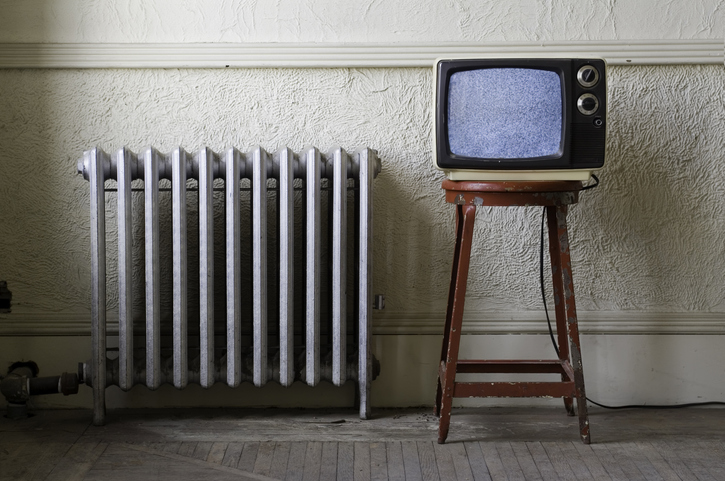Not sure whether or not it's time for you to upgrade your heating system? We know it can be difficult to know when to replace your furnace. But, buying a new furnace is an investment in the comfort and safety of your family, so it's important to be sure. But, don't wait too long to make a decision, as this can risk total system failure and leave you and your loved ones in the cold. Here, our HVAC technicians list and discuss the top five HVAC warning signs that can indicate you need a heating system upgrade.
Whether you need a new heating system installation or you want to prioritize your indoor air quality, our HVAC company has you covered. Contact Bloomington Heating & Air today to request service!

Multiple Furnace Repairs
On how many occasions have you had to contact your HVAC provider for various heater problems? In some cases, furnace repairs really are the answer for restoring warm comfort to your home. But in other situations, no amount of emergency repairs can effectively resolve your heating system issues for good. Money spent repairing old, outdated, and improperly functioning systems would be much better used on a highly functioning, upgraded heating system. Routine HVAC maintenance throughout your unit's lifetime can also help your heating system get its necessary care. With maintenance, you'll avoid spending money on costly repairs to restart a damaged system.
15+ Years Of Use
Old heating systems, especially those that haven't received the proper maintenance over the years, pose a high risk of ductwork issues and uneven temperatures in homes and businesses. Your furnace may struggle to keep up with your heating demands altogether, making for an especially uncomfortable and chilly winter season. That's why our specialists recommend homeowners and business owners replace furnaces between 10–15 years old, as this date range typically accounts for the functional lifespan of the system. To find out how old your heating system is, inspect the unit. In many cases, technicians write the installation date or year directly on the unit at the time of the installation. If this is not the case, contact Bloomington Heating & Air for additional help!
High Utility Bills
Another issue related to heating systems 10–15 years old or more is their inefficiency. Aging systems can lead to future underlying problems that will likely cost you a significant amount of money. If your heating system seems to be responsible for spikes on your home's monthly utility bills, replace it! Older, inefficient systems require more energy to do the same job as newer, more efficient heater models. In addition, older units can have small leaks due to worn-out equipment, while faulty or damaged internal system components can account for spikes in energy bill costs. In some cases, you may be able to increase the efficiency of your unit with required repairs and tune-ups, but in other cases, you'll see there is no fix to the problem of inefficient heating other than replacing the unit entirely.
Performance Problems
Homes with old heating systems that don't function properly could be experiencing performance issues, which are among the most common types of furnace problems. These issues can make it more difficult for the system to reach and maintain a comfortable, preset temperature in your home, but they can also cause additional damage to the parts and components within your aging heater. In all, the harder your system must work to heat your home, the more wear and tear on the system's internal parts, leading to additional repairs and a shorter overall lifespan. Modern heating systems enhance airflow and heat transfer while also preventing leaks and internal corrosion, lengthening the lifespan of the system and the components. In addition, newer units often run quieter than older ones, and some models can even self-adjust to run at a regulated pace, increasing your indoor comfort.